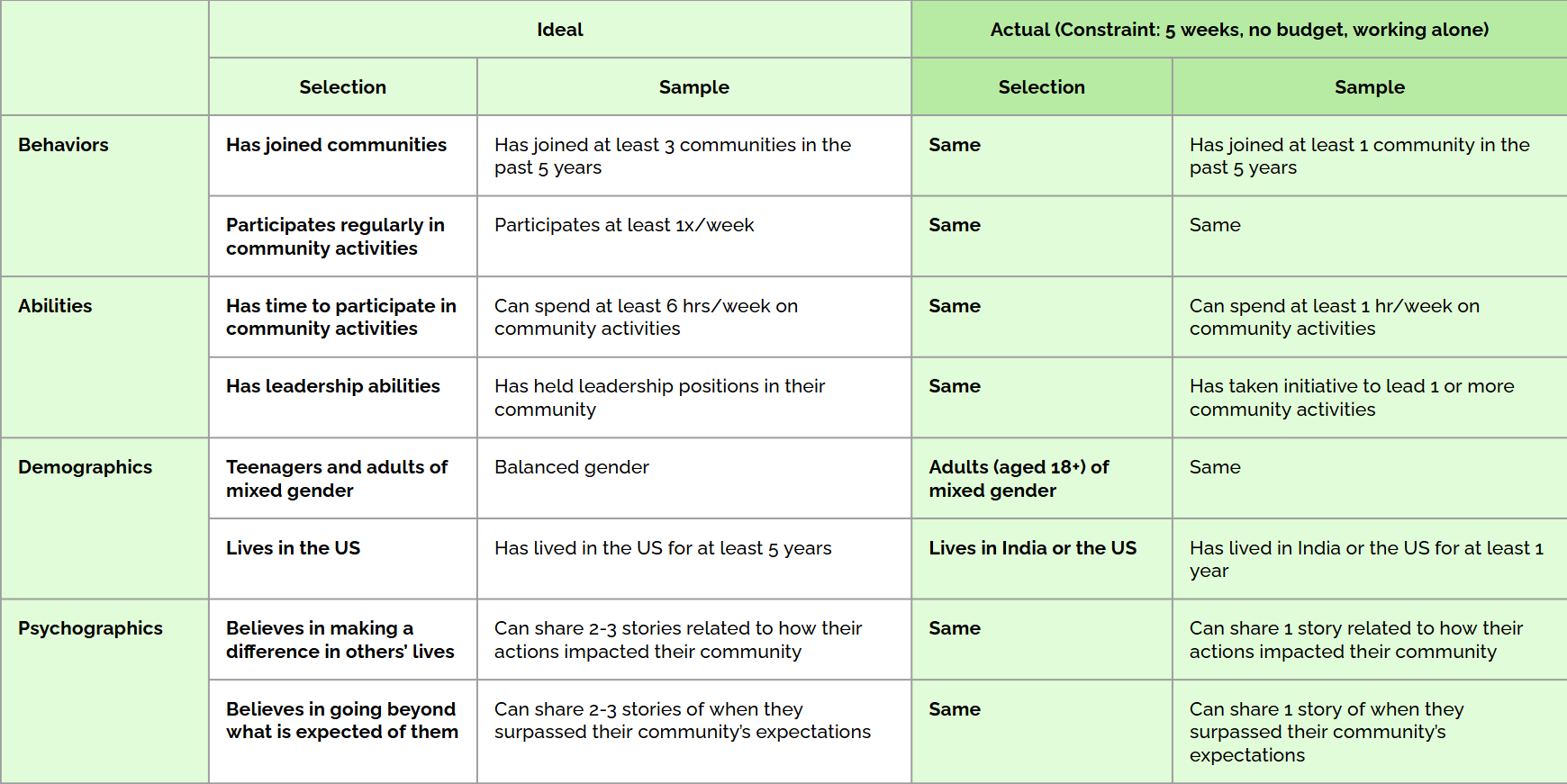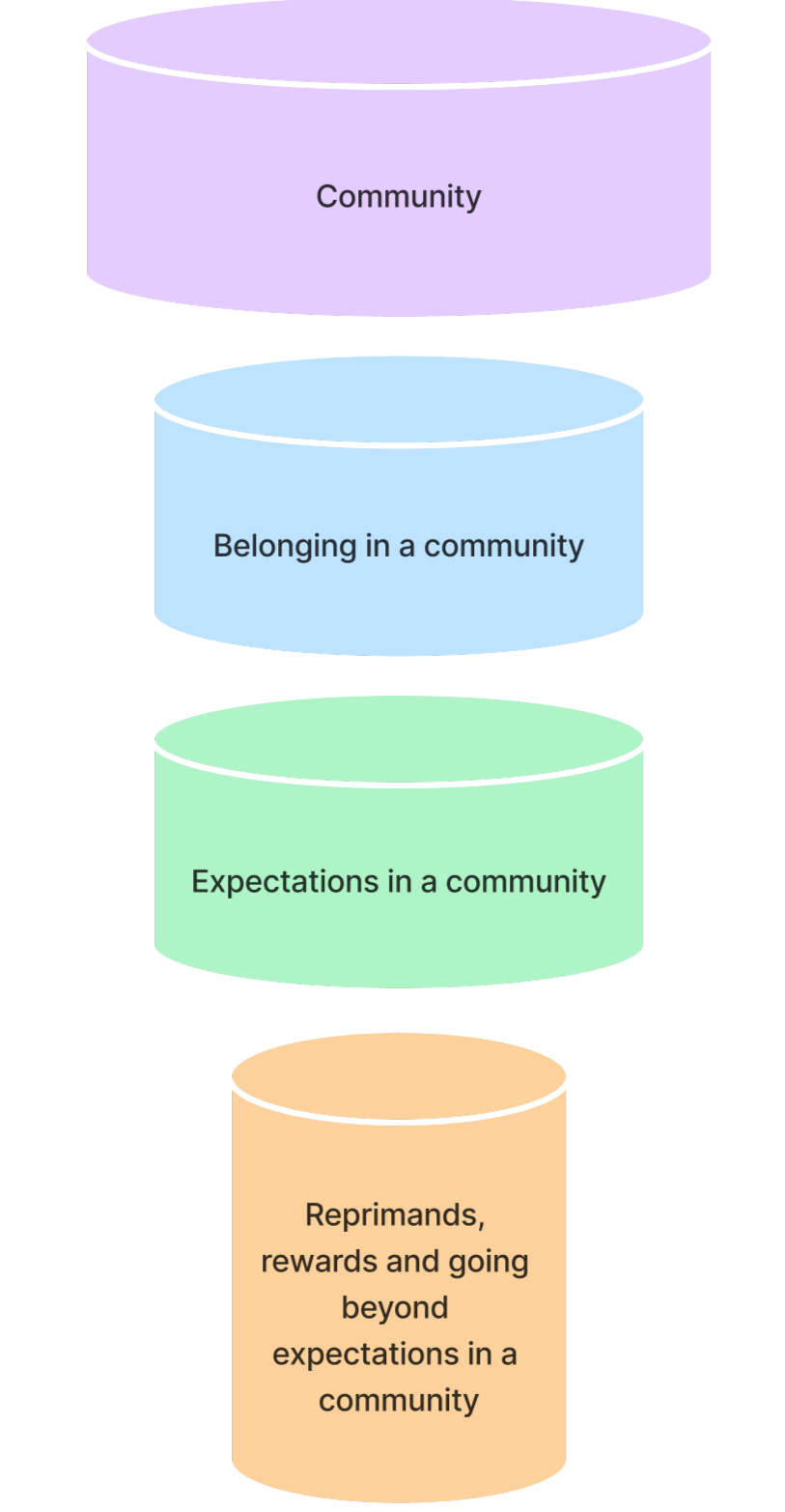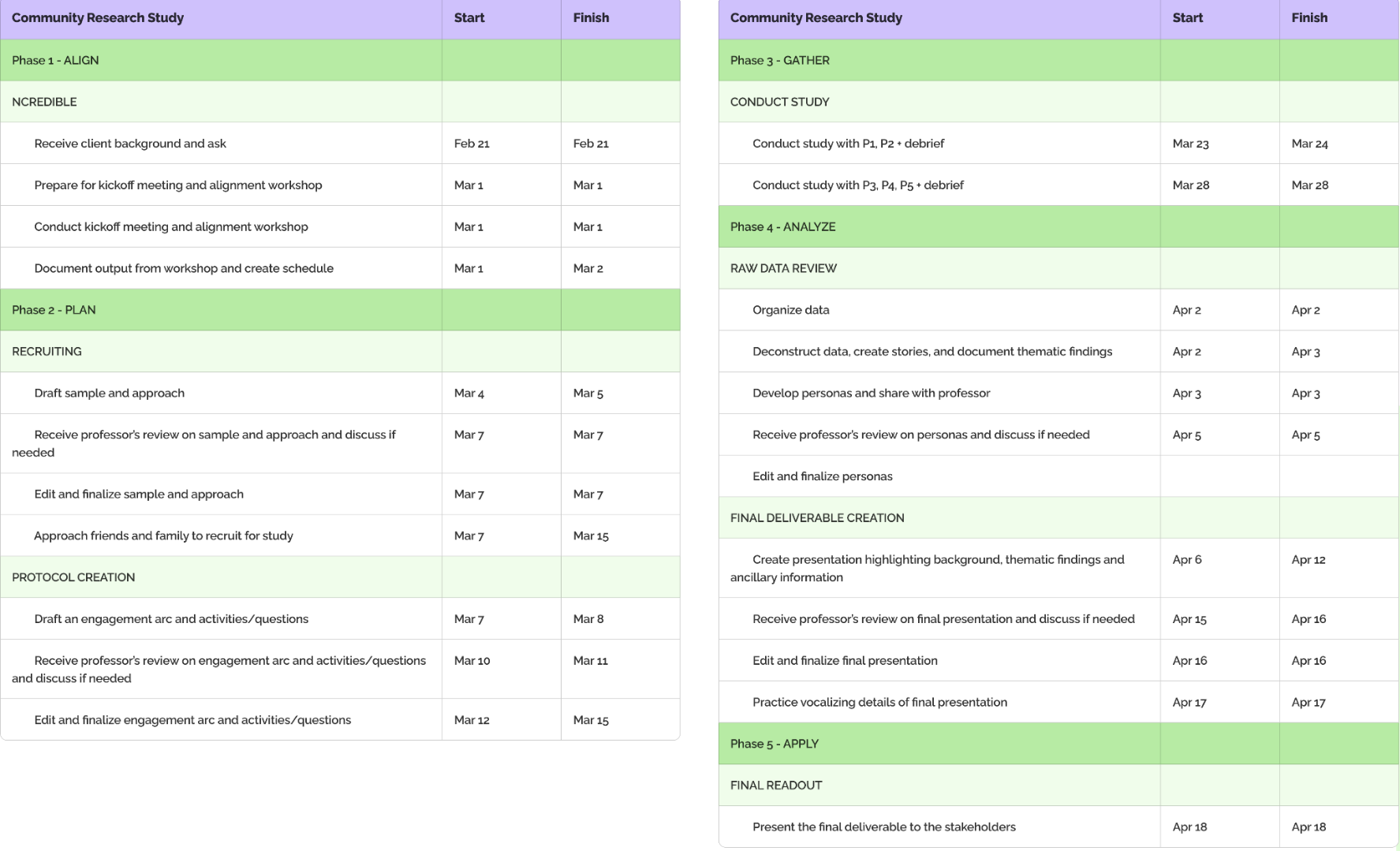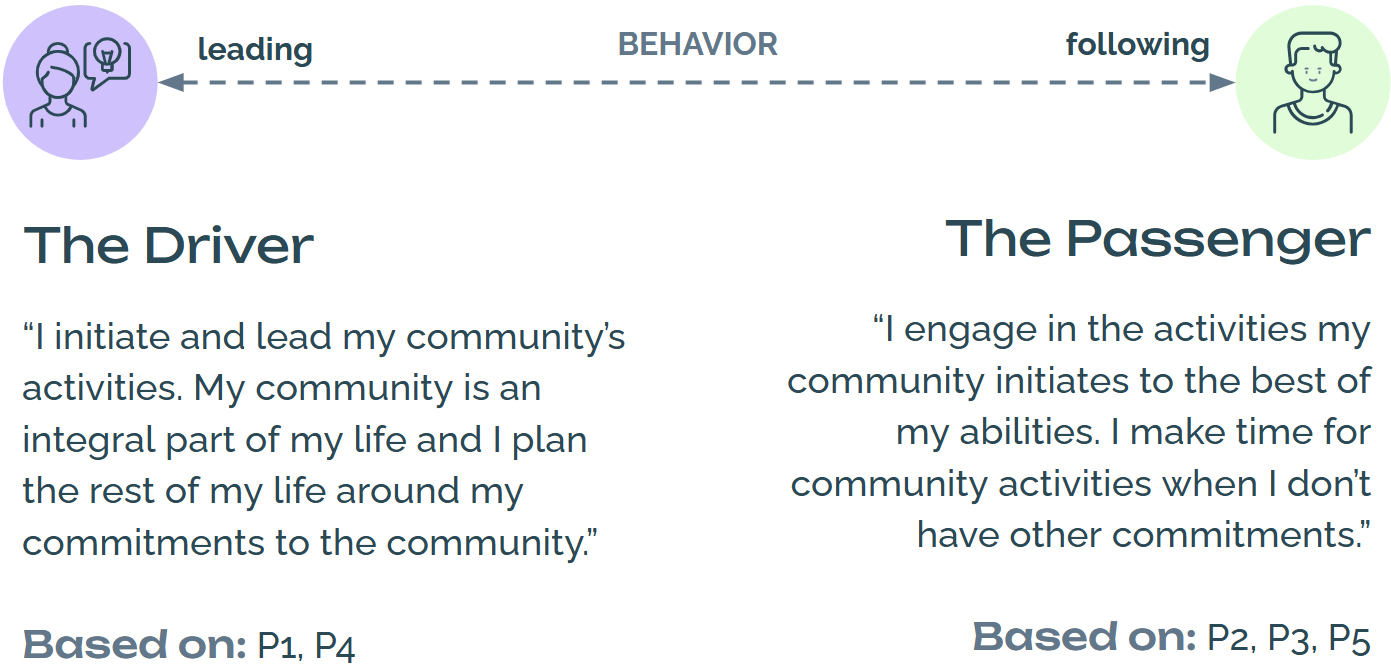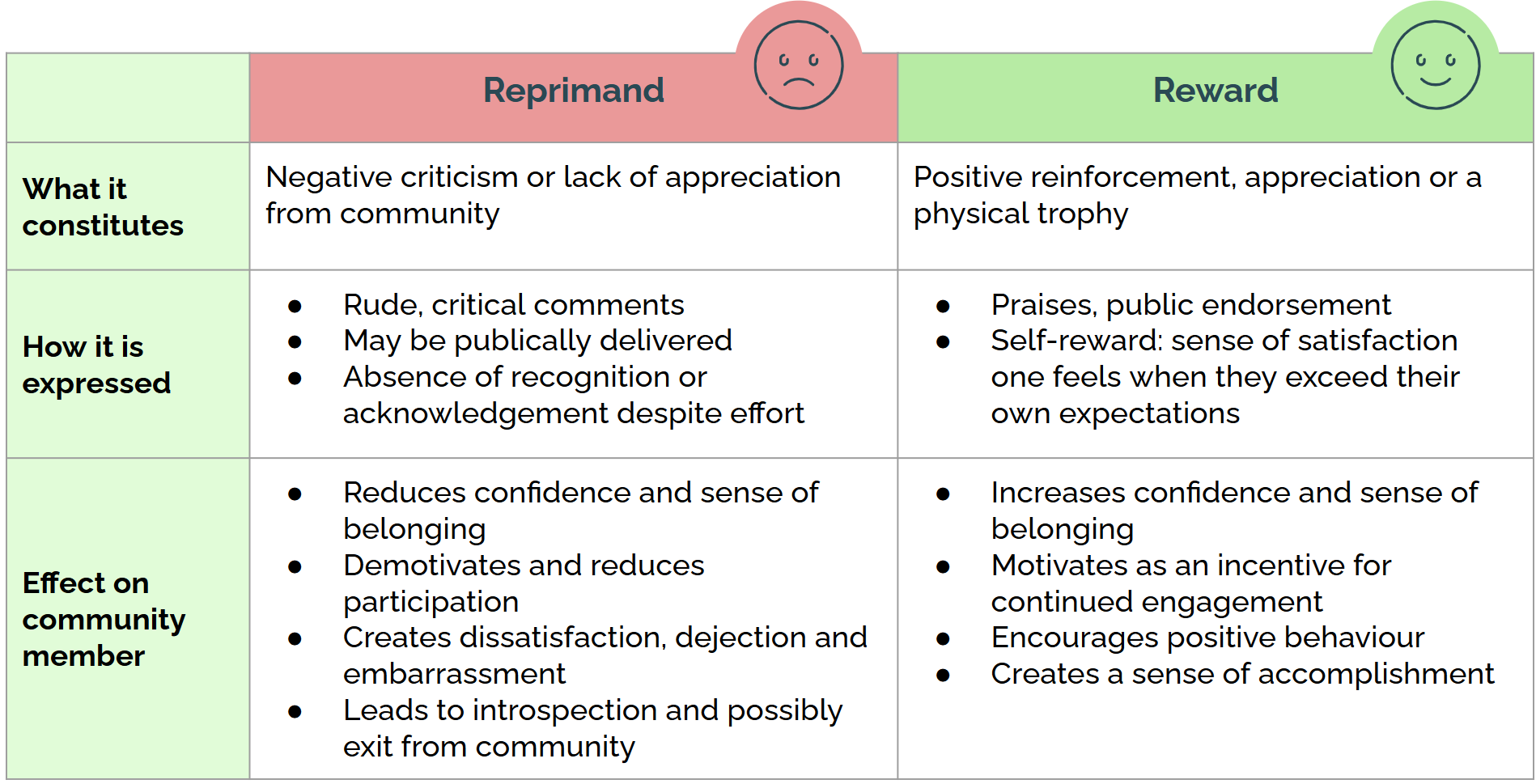Stakeholder Collab
Conversations with Stakeholders to Understand Research Goals
To start, I immersed myself in conversations with stakeholders, uncovering their aspirations for the study. They wanted to deeply understand what defines a community and the essence of belonging. Together, we framed thoughtful research questions, balancing their curiosity with the project’s tight one-month timeline. We adopted a discovery-driven approach—blending inspiration to understand people and introspection to uncover meaningful objectives.

